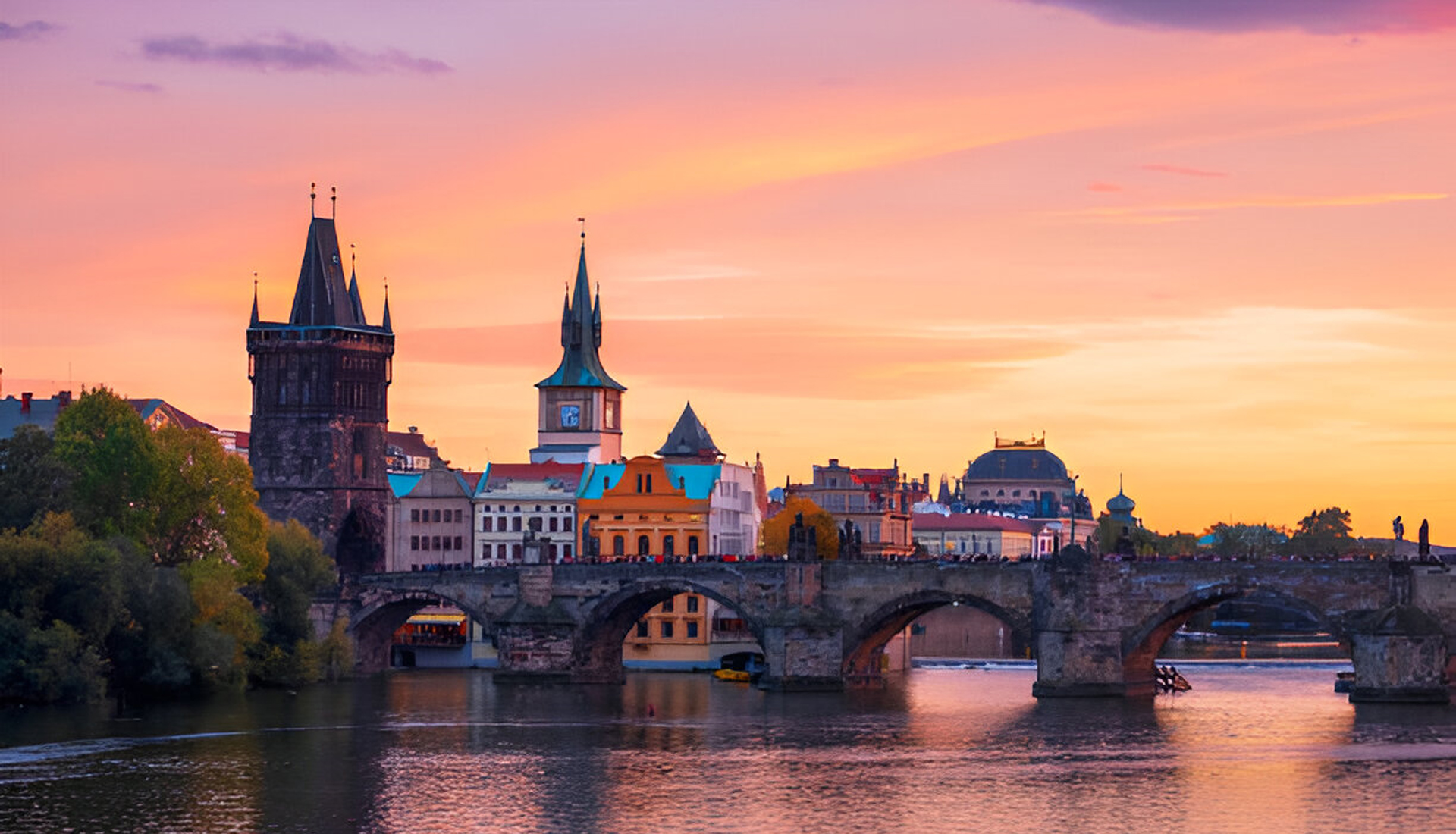History
The Czech Republic has a rich and complex history that stretches back to the Middle Ages. Originally part of the Kingdom of Bohemia, the region became an integral part of Central European power struggles. The Kingdom of Bohemia was part of the Holy Roman Empire and experienced numerous alliances and conflicts during the medieval period. In the 20th century, Czechoslovakia was established after World War I, only to be divided into the Czech Republic and Slovakia in 1993. The country experienced Nazi occupation during World War II and Communist rule during the Cold War period, with major reforms occurring after the 1989 Velvet Revolution. Today, the Czech Republic is a democratic nation celebrated for its cultural heritage and historical preservation.
The Czech Republic’s history is a fascinating journey of medieval kingdoms, shifting borders, occupations, and post-communist renewal. The Velvet Revolution in 1989 marked its transition into modern democracy.
From the Kingdom of Bohemia to its modern democratic transformation, the Czech Republic offers a deep cultural narrative influenced by its central European past.
Good to Know
Country
Visa Requirements
Language Spoken
Currency Used
Area (km2)
Geography
The Czech Republic is a landlocked country located in Central Europe. It is bordered by Germany to the west, Poland to the north, Slovakia to the east, and Austria to the south. The nation is characterized by its diverse geography, which includes rolling hills, plains, and mountain ranges such as the Sudetes and the Carpathians. The country is divided into regions featuring historical towns, dense forests, and river valleys. The Elbe and Morava rivers are the most significant waterways in the region. The Czech climate is temperate, with cold winters and warm summers, contributing to its scenic landscapes and natural beauty.
The Czech Republic offers a mix of urban beauty, historic castles, and mountainous landscapes. Its rivers, hills, and medieval towns create a unique European backdrop that draws visitors year-round.
The Sudetes and Carpathians provide visitors with opportunities for hiking and outdoor activities, while its charming river valleys define its natural beauty and history.
Culture
The Czech Republic boasts a rich cultural heritage, with its historic cities, medieval castles, and UNESCO World Heritage Sites attracting millions of visitors each year. The country’s most iconic city is Prague, the capital, which features a mix of Gothic, Baroque, and Renaissance architecture. The country has produced notable contributions to music, literature, and art, with famous figures such as composer Antonín Dvořák and writer Franz Kafka shaping the global cultural narrative. Czech traditions include folk music, beer culture (the country has one of the highest per capita beer consumption rates in the world), and numerous festivals that celebrate its rich history and local pride. Prague’s Old Town and historical squares are a must-see for any visitor.
The Czech Republic combines Gothic architecture, Baroque palaces, and centuries of history into an experience of vibrant culture, tradition, and world-famous beer culture.
Prague, a city of spires, cobblestone streets, and history, represents the country’s blend of medieval beauty, music, and modern European life.
Why You Should Visit
The Czech Republic is one of Europe’s most beautiful and historically rich destinations. Visitors can explore iconic landmarks like Prague Castle, Charles Bridge, and Old Town Square in Prague, as well as UNESCO sites like Český Krumlov. The country is perfect for history lovers, architecture enthusiasts, beer connoisseurs, and outdoor explorers. With its medieval towns, charming countryside, castles, and iconic European rivers, the Czech Republic offers unique cultural experiences, exceptional beer culture, and picturesque scenery. Whether you’re walking through cobblestone streets, visiting historic castles, or exploring the Bohemian countryside, the Czech Republic offers unforgettable memories.

